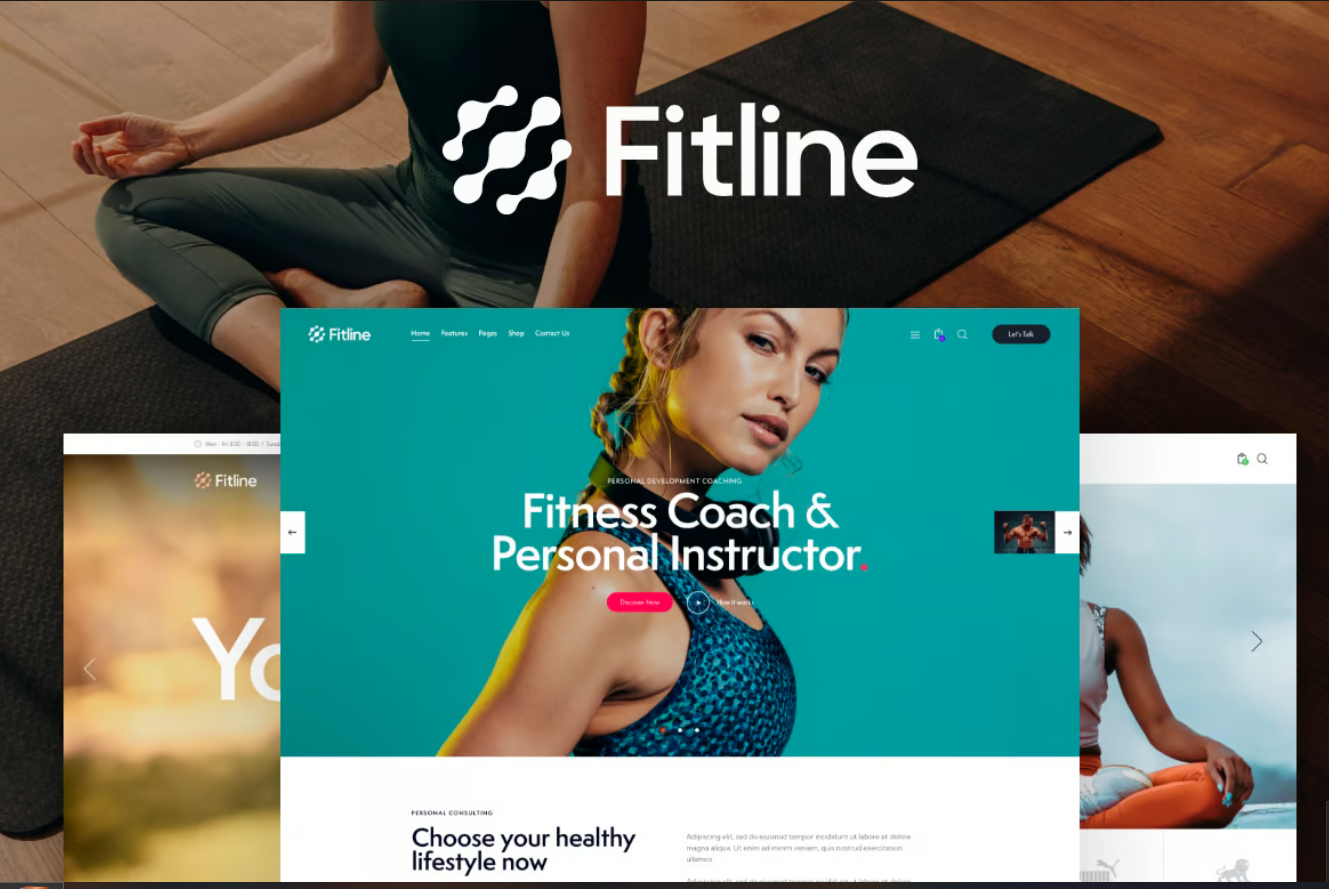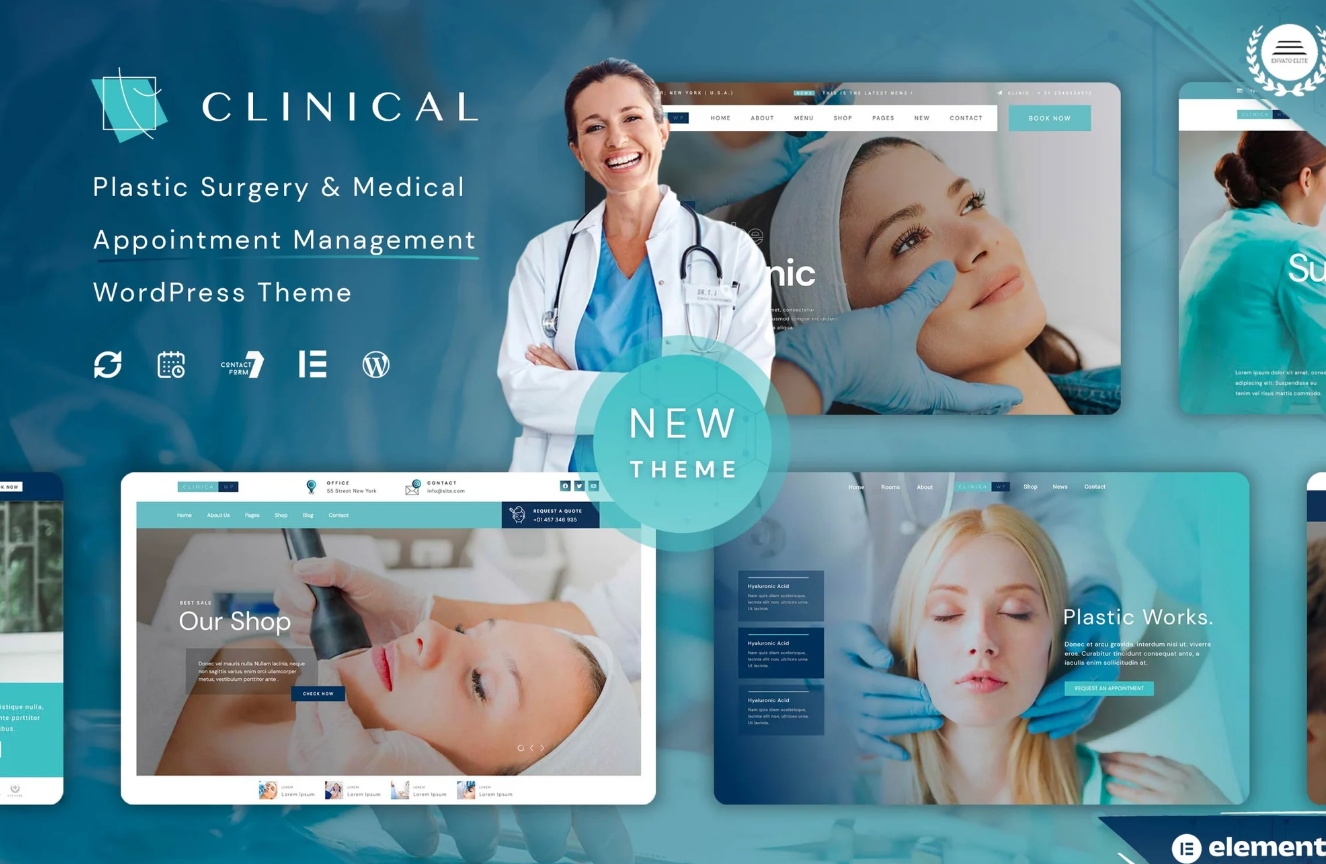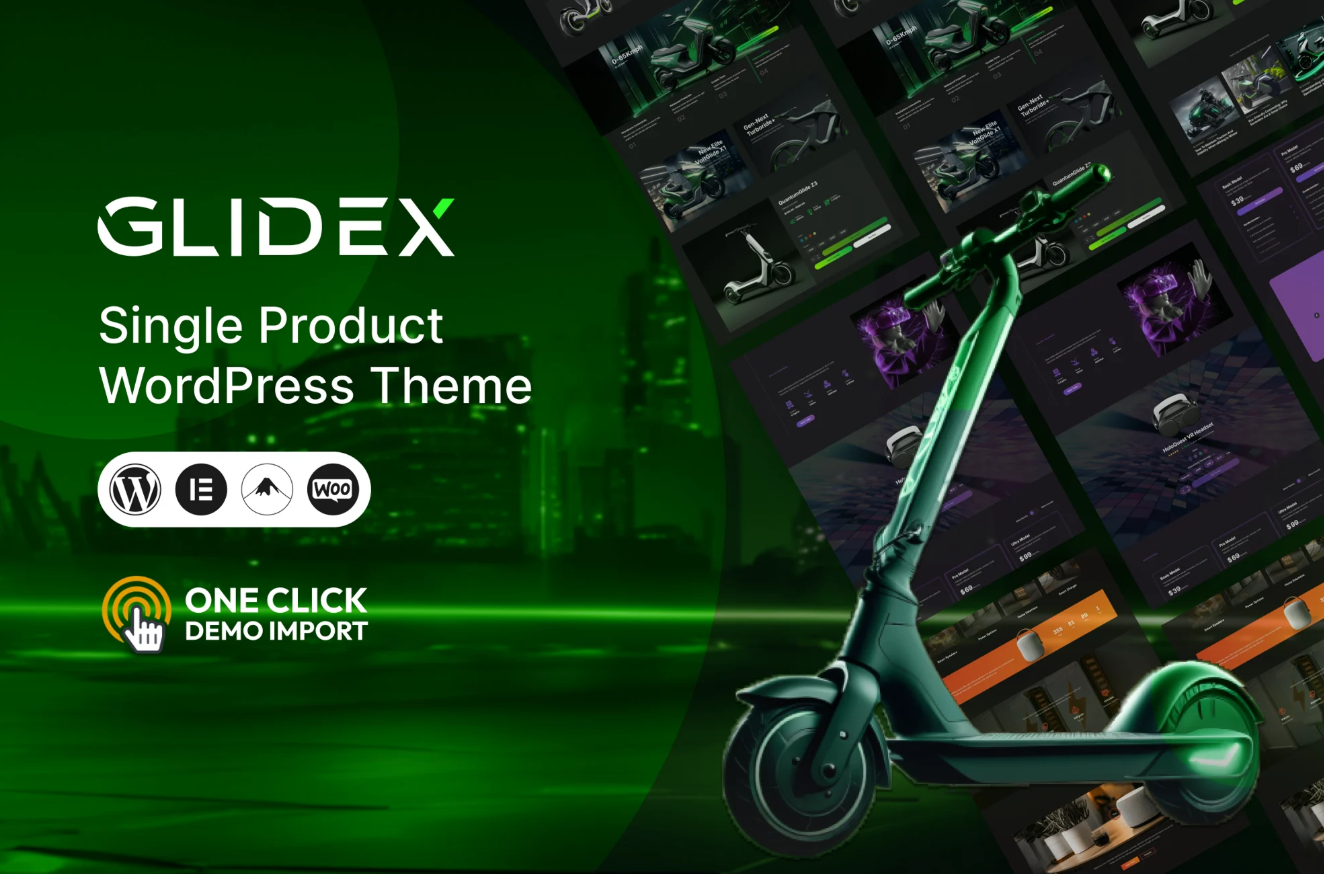01.
Intro of case
Shaping the Future of Digital Interaction
Web design in 2025 has reached unprecedented heights, playing a pivotal role in shaping how individuals, businesses, and societies interact with the digital world. As technology advances and user expectations evolve, web design has become more than a visual discipline; it is now a powerful tool for communication, innovation, and user engagement.
02.
Sustainability in Web Design
As sustainability becomes a global priority, web design in 2025 has embraced eco-friendly practices. Designers are optimizing websites to reduce energy consumption by minimizing heavy graphics, employing efficient coding practices, and utilizing sustainable hosting solutions. These efforts contribute to reducing the carbon footprint of the internet, aligning with broader environmental goals.
Additionally, many websites now incorporate content and visuals that promote sustainability, encouraging users to adopt eco-conscious behaviors. By integrating green design principles, web designers are playing a crucial role in driving environmental awareness and change.
03.
Main result
Content-Centric Design
Content remains king in 2025, and web design revolves around presenting content in the most engaging and digestible manner. Designers are leveraging advanced typographic techniques, multimedia integration, and interactive storytelling to captivate audiences. Websites now serve as dynamic platforms that blend text, video, and interactive elements to deliver compelling narratives.
For instance, scrolling animations and parallax effects are commonly used to create a sense of depth and engagement. Interactive infographics and data visualizations make complex information accessible and memorable, fostering deeper user engagement.
Accessibility and Inclusivity
Web accessibility has become a fundamental aspect of design in 2025. Designers prioritize creating websites that are usable by individuals with varying abilities, incorporating features like screen reader compatibility, keyboard navigation, and adjustable font sizes. Inclusive design ensures that no user is excluded from accessing digital content, reflecting a commitment to diversity and equality.
Voice-activated interfaces have also gained prominence, enabling users to interact with websites through spoken commands. This innovation benefits not only users with disabilities but also those seeking hands-free navigation.
Security and Privacy: A User Priority
As cybersecurity threats become more sophisticated, web design in 2025 places a significant emphasis on security and privacy. Designers are integrating robust encryption protocols, secure authentication methods, and transparent data usage policies into their designs. Trust indicators, such as SSL certificates and privacy badges, are prominently displayed to reassure users.
Privacy-first design is another key focus, with websites offering granular control over data sharing and cookie preferences. By prioritizing user trust, web designers are fostering safer and more reliable online environments.
Future Trends in Web Design
Looking ahead, several trends are shaping the future of web design in 2025:
AI-Driven Design Tools: Automated design platforms are empowering designers to create prototypes and layouts with unparalleled speed and precision.
Neomorphic Design: Combining realism with minimalism, neomorphic design adds depth and texture to digital interfaces, offering a tactile feel.
Voice and Gesture Navigation: Beyond traditional clicks and taps, websites are exploring new interaction methods, including voice commands and gesture-based controls.
Progressive Web Apps (PWAs): Blurring the line between websites and apps, PWAs deliver app-like functionality directly within the browser, enhancing user convenience.
Conclusion: The Endless Possibilities of Web Design
In 2025, web design is a dynamic and ever-evolving field that continues to redefine digital interaction. By leveraging technology, prioritizing user experience, and embracing sustainability, web designers are shaping a future where websites are not just functional tools but immersive, inclusive, and impactful experiences.
As we look to the future, the power of web design lies in its ability to adapt and innovate, bridging the gap between technology and humanity. The journey ahead is one of endless possibilities, where creativity and technology converge to shape a digital world that is both beautiful and meaningful.



